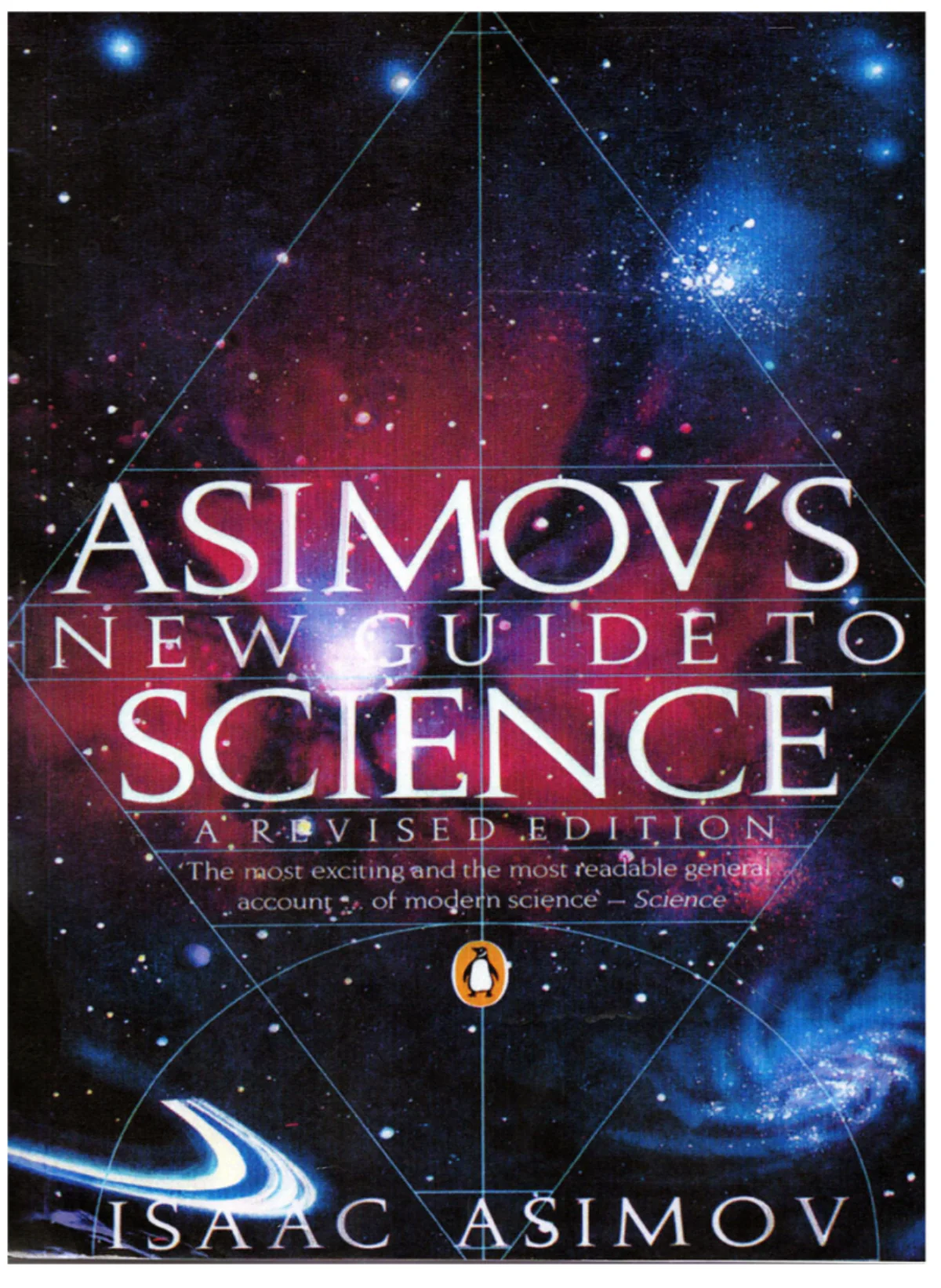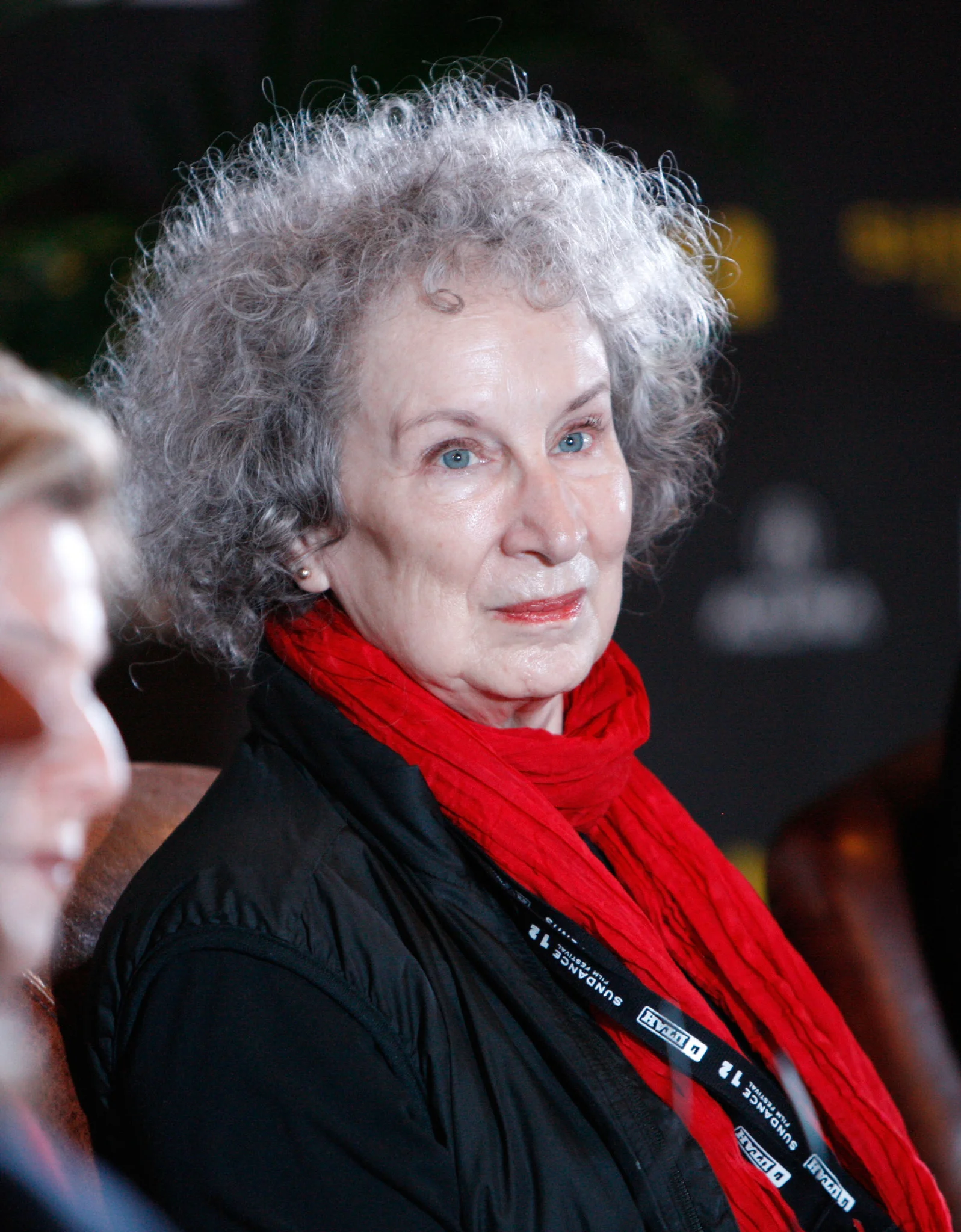Isaac Asimov’s science fiction stands apart for its seamless integration of scientific knowledge and speculative imagination. More than just a storyteller, Asimov was a trained biochemist and a prolific writer of science popularization.
His background and enthusiasm for diverse scientific disciplines heavily influenced the construction of the worlds he created, lending credibility and intellectual rigor to his fictional universes. His passion for understanding natural laws and applying logical principles is evident across his major works, particularly in the Foundation series, the Robot series, and numerous standalone stories.
Mathematics and Psychohistory
One of Asimov’s most ambitious creations, psychohistory, forms the conceptual backbone of the Foundation series. The idea combines mathematics, sociology, and statistics to predict the future behavior of large populations. Though fictional, psychohistory reflects Asimov’s fascination with probability theory and statistical modeling. The idea that human behavior, when scaled to billions, might become mathematically predictable shows his deep respect for the power of numbers.
His interest in mathematics was not limited to abstract models. He wrote several nonfiction books demystifying mathematical principles for general audiences, which sharpened his ability to express complex ideas with clarity and precision. In Foundation, this same clarity allowed readers to follow Seldon’s psychohistorical projections without being overwhelmed by technical jargon. His trust in mathematics as a tool for understanding both present and future societies shaped the scientific tone of his narratives.
Robotics and Logic
Asimov’s Robot series introduced concepts that continue to influence both robotics and artificial intelligence today. Central to these stories are the Three Laws of Robotics, a fictional ethical framework designed to govern robot behavior:
- A robot may not injure a human being or, through inaction, allow a human being to come to harm.
- A robot must obey the orders given it by human beings, except where such orders would conflict with the First Law.
- A robot must protect its own existence as long as such protection does not conflict with the First or Second Law.
These laws reflect a logical structure inspired by Asimov’s scientific education. His background in chemistry trained him to think in terms of rule-based systems, where complex reactions result from simple interactions. In his robot stories, Asimov examines how these laws could interact to produce unexpected behavior, much as chemical rules can yield surprising compounds.
Rather than fearing artificial intelligence, as many of his contemporaries did, Asimov treated it as an engineering and philosophical challenge. His robotic characters grapple with moral ambiguity and operational dilemmas, showcasing his passion for applying logical reasoning to hypothetical futures.
Biochemistry and the Foundation of Life
Asimov earned a PhD in biochemistry, and his knowledge in the field permeates many of his narratives. He frequently contemplated the biological prerequisites for life, especially as it might exist on other planets or under different physical conditions. His interest in synthetic biology and the adaptability of living organisms finds expression in works like The Gods Themselves, which explores alien life forms that defy human biochemical expectations.
In his nonfiction, he explained metabolic cycles, enzymatic reactions, and the molecular structure of DNA with exceptional clarity. In his fiction, these same concepts underpin imaginative takes on extraterrestrial biology, immortality, and human evolution. His scientific grounding enabled him to speculate about life in ways that retained biological plausibility, even when he invented new forms of consciousness or hybrid entities.
Physics and the Nature of the Universe
Many of Asimov’s narratives are informed by a deep engagement with classical and modern physics. Concepts such as entropy, thermodynamics, and the limitations of space travel recur throughout his work. In The Last Question, one of his most celebrated short stories, he confronts the problem of entropy head-on, asking whether intelligent life could ultimately reverse the heat death of the universe.
His enthusiasm for physical law also appears in his detailed attention to orbital mechanics, gravitational fields, and the limitations imposed by the speed of light. Asimov’s fictional technologies, such as hyperspace travel, often acknowledge the physical constraints they would need to circumvent. Rather than ignoring scientific boundaries, he used them as challenges to overcome through ingenuity and imagination.
Astronomy and Planetary Systems
Asimov’s fondness for astronomy is evident in how he populates his stories with richly imagined star systems, planetary orbits, and interstellar civilizations. He enjoyed contemplating the scale of the cosmos and the potential diversity of planetary environments. His fascination with the spatial distribution of habitable worlds fueled his storytelling.
In the Foundation series, the decline of the Galactic Empire and the scattering of human knowledge mirror historical cycles on Earth, but played out on a galactic canvas. This blend of cosmic scale and sociopolitical commentary would not have been possible without Asimov’s fascination with astrophysics and his understanding of the scientific principles governing planetary formation, stellar lifecycles, and space travel.
History and the Scientific Mindset
Though not a natural science, history fascinated Asimov as a pattern-generating process. He once noted that his fictional universe reflected a cyclical view of history, modeled on the rise and fall of ancient civilizations such as Rome. His ability to recognize recurring patterns of human behavior and technological progress was informed by the analytical habits of a scientist.
In his nonfiction, Asimov often wrote about scientific history—how discoveries were made, how theories evolved, and how ideas spread. This historical awareness contributed to the realism of his speculative timelines, where the development of technology follows believable trajectories and societal changes feel earned.
Scientific Communication and Accessibility
Asimov believed in making science accessible. He authored hundreds of essays and books intended to educate general readers about scientific topics, from basic chemistry to quantum mechanics. This commitment to public education influenced how he wrote science fiction. Instead of overwhelming readers with obscure terminology or speculative leaps, he grounded his fiction in concepts that he had already explained in nonfiction contexts.
His clarity of thought and explanation came from his dual passion: advancing knowledge and making it understandable. Whether describing a galactic empire or a positronic brain, he communicated in terms that invited curiosity rather than intimidation.
The Unifying Force of Rational Inquiry
Throughout Asimov’s work, science serves not only as a thematic focus but as a moral compass. Rational inquiry, evidence-based reasoning, and intellectual humility underpin the behavior of his protagonists and the structure of his fictional societies. Characters who succeed tend to be scientists, logicians, or philosophers. They solve problems not through brute force or intuition, but through persistent questioning and systematic analysis.
His scientific passions were not compartmentalized. Chemistry, physics, mathematics, and biology converge in his work to create cohesive worlds governed by knowable rules. The universe, as Asimov imagined it, is a place where reason and curiosity can illuminate even the darkest unknowns.


